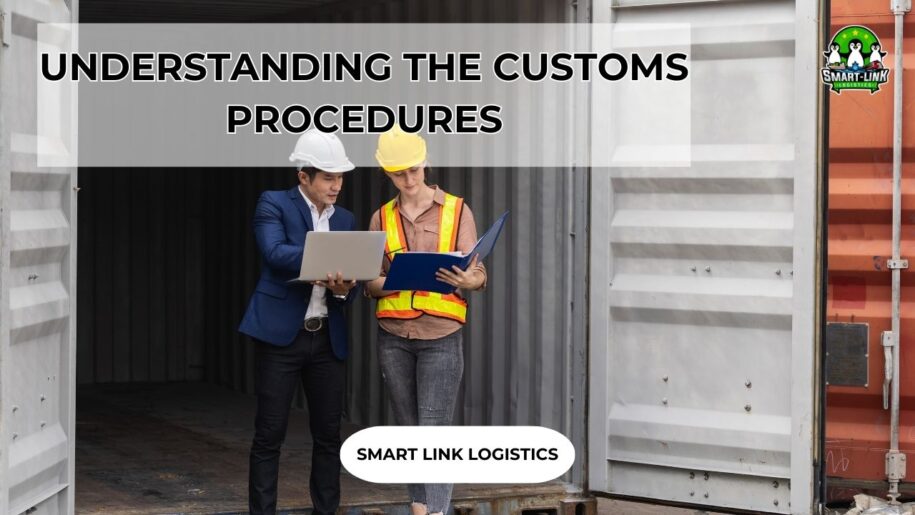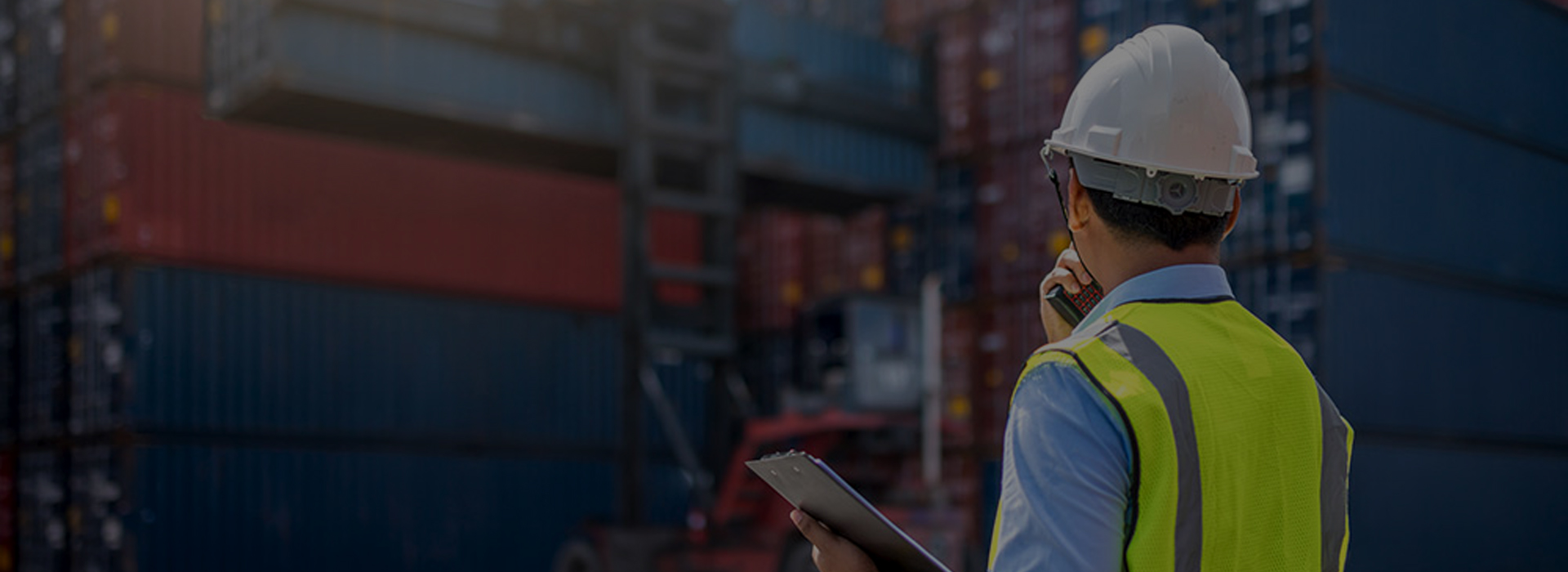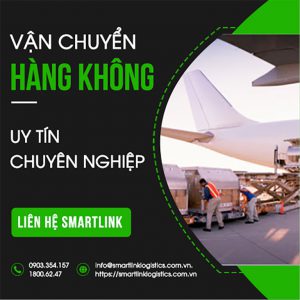
UNDERSTANDING THE CUSTOMS PROCEDURES
Customs procedures are an essential step in the process of importing and exporting goods. So, what are the steps involved in the export customs procedure? What should be considered when performing customs procedures for export goods? The following article will help you gain a detailed understanding of the steps involved in the customs procedures for export goods.
What are Customs Procedures?
According to the 2014 Customs Law, customs procedures are the processes that customs declarants and customs officials must follow according to the law for goods and means of transport. To ensure that goods and means of transport can be imported or exported across borders, performing customs procedures is a mandatory step.

Why is it Necessary to Perform Export Customs Procedures?
Customs declaration is a crucial task that businesses need to perform when exporting or importing goods. This is a necessary procedure to ensure that goods and means of transport can be exported across borders. The main objectives of customs declaration are to:
- Provide a basis for the state to calculate and collect taxes.
- Manage goods, ensuring that exported goods are not on the list of prohibited items from being exported out of Vietnam.
Steps to Perform Export Customs Procedures
Step 1: Identify the Type of Exported Goods
Not all types of goods are allowed to be exported. Therefore, checking whether the goods fall under the list of prohibited exports is the first and most important step. The list of prohibited export goods is specified in Decree No. 69/2018/ND-CP dated May 15, 2018, by the Government.
Exported goods can be classified as follows:
- Regular commercial goods: These items are not prohibited from export and the procedures are usually simple.
- Prohibited goods: This group is not allowed to be exported abroad.
- Goods requiring an export license: Items such as pharmaceuticals, seeds, plants and animals, wood and wood products, liquids, cosmetics, coal, books, and hard drives need a license for export.
- Goods requiring specialized inspection: Although imported goods are more often subject to specialized inspection, some exported goods also require such inspections.
- Goods subject to export tax: Businesses must pay export taxes on these items before they can be exported.
- Goods exported under quotas: These are items that are restricted in quantity, weight, or value when exported.
Step 2: Sign a Foreign Trade Contract
A foreign trade contract, also known as a Sale Contract, is an agreement between the exporter and the importer. Important contents in the contract include the name of the goods, quantity, price, delivery terms, packaging method, payment method, and other agreements between the two parties.
Step 3: Prepare the Export Documentation
The export documentation includes:
- Sale Contract
- Commercial Invoice
- Packing List
- Booking Note
- Container Arrival Notice
- Other licenses depending on the type of exported goods.
Step 4: Declare and Transmit the Customs Declaration
Based on the information from the documentation, the customs declarant will enter the data into the electronic customs software to create the customs declaration.
For businesses exporting for the first time, additional tasks include:
- Purchasing a digital signature from reputable providers such as Viettel, VNPT, BKAV, or Thái Sơn.
- Registering the digital signature with the General Department of Customs (VNACCS system).
- Downloading and installing the ECUS electronic customs declaration software from Thái Sơn, which is widely used in the business community.
After successfully installing the software, the business will enter the shipment information into the system. Once the customs declaration is transmitted, print the declaration and continue the procedure at the customs office.
Step 5: Prepare the Customs Documentation
After successfully declaring on the software, the business’s customs documents will be classified into three channels: Green, Red, and Yellow, each with different requirements for procedures and documents:
- Green channel declaration: Goods are electronically cleared as soon as the declaration is transmitted. The business needs to prepare some documents and submit them to customs.
- Yellow channel declaration: The business needs to prepare paper documents as per regulations and bring them to the customs office for inspection.
- Red channel declaration: Customs officials will inspect the documents and goods in detail. If the goods match the documents, the business can complete the customs procedures.
Step 6: Clearance and Settlement of the Declaration
After the goods are cleared and pass customs supervision, the business only needs to submit the declaration and barcode to the shipping line to confirm that the goods have been exported.
Common Errors in Export Customs Procedures and Important Notes
- Incorrect declaration information: Some information can be corrected after declaration, but others cannot. Re-declaring will take time.
- Incorrect HS Code declaration: This is a common mistake; understanding the rules for determining HS Codes is essential to avoid serious consequences.
- Mismatch in documentation information: Carefully check the documentation to avoid errors and promptly report any mistakes.
- Errors in inspection and packaging of goods: Ensure that the goods are packaged according to requirements to facilitate the customs clearance process
Above is the information on the customs procedures that we would like to share. We hope this article provides readers with useful knowledge. We are committed to offering you services and solutions that help your goods reach global markets with dedication and customer collaboration. With over 13 years of experience in the logistics industry, we take pride in being a reliable and professional partner.
Hotline: + 84 935 766 039 to know more about our services

If you require assistance with international import and export of goods, please contact our team at Smartlink Logistics. We are available to provide you with professional guidance on our services and the necessary customs procedures.
SMART LINK: BEST SERVICE BEST YOU


































